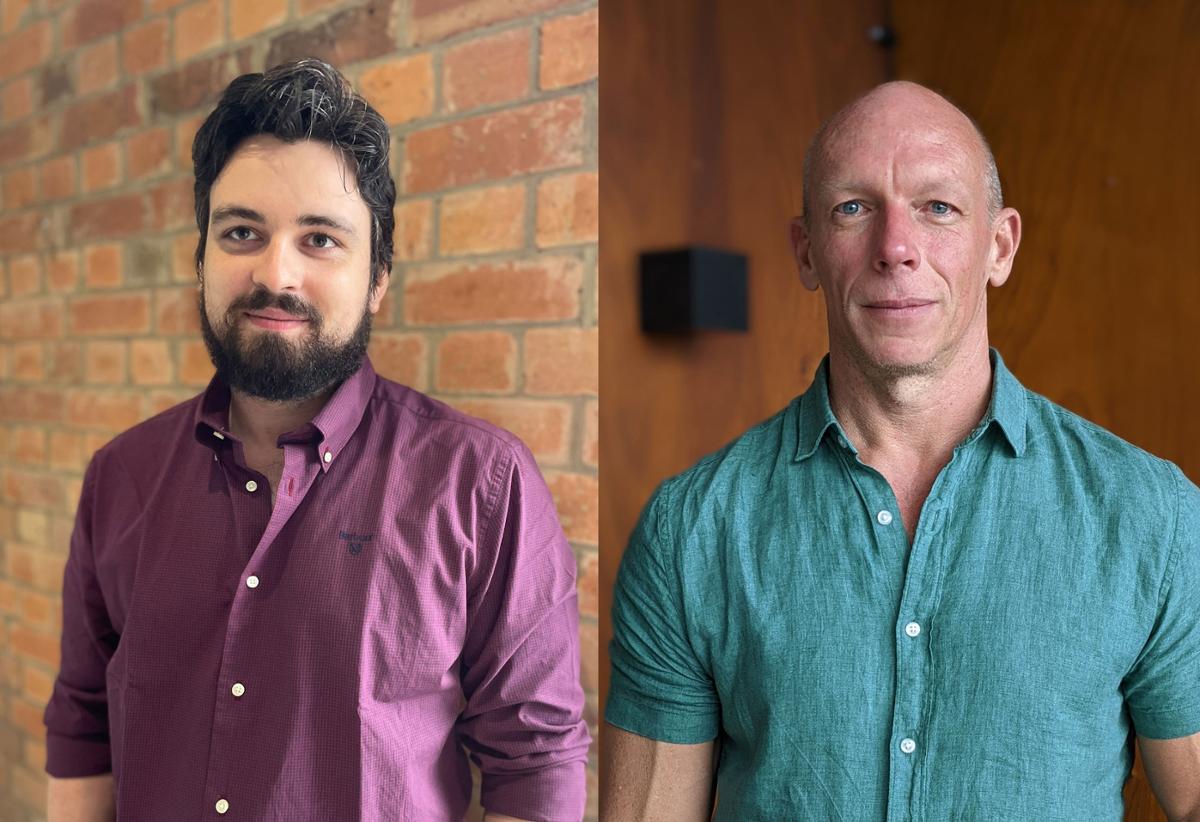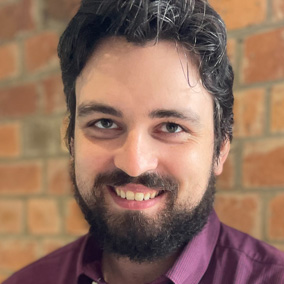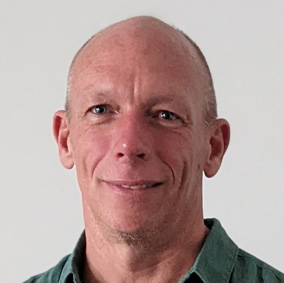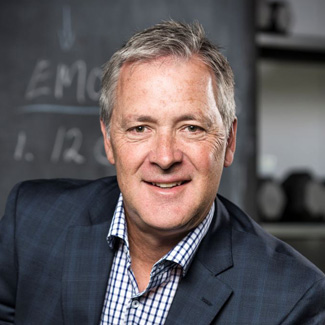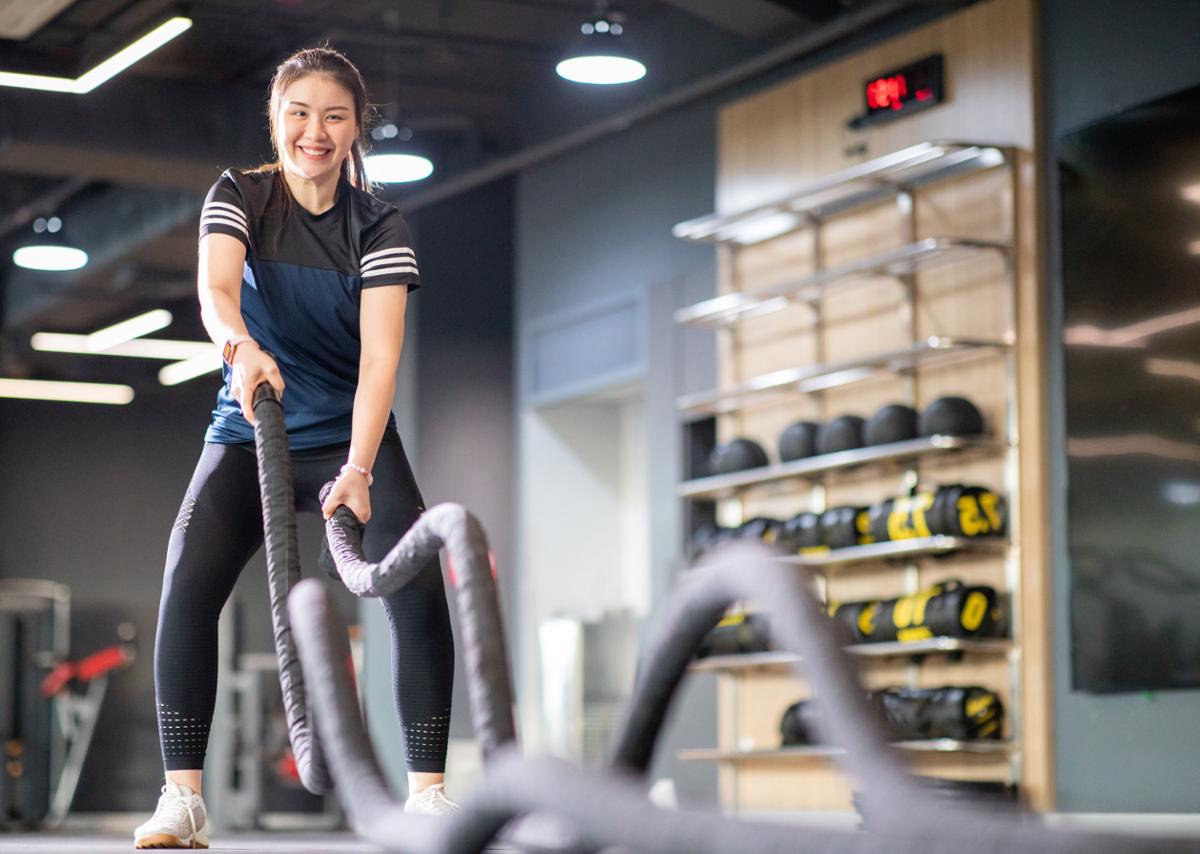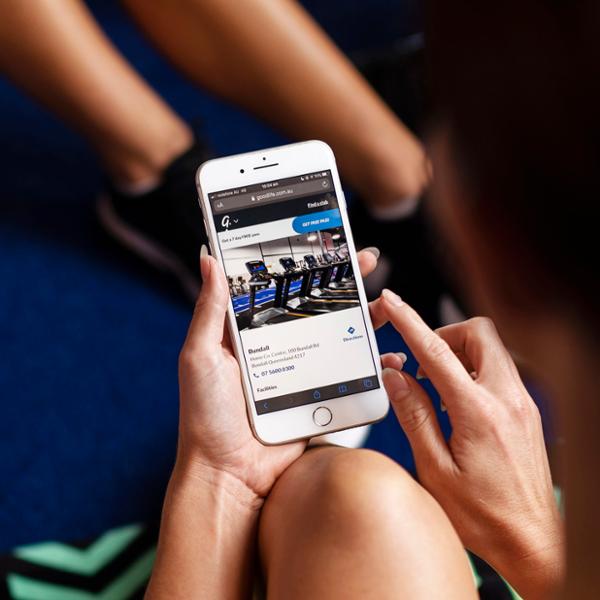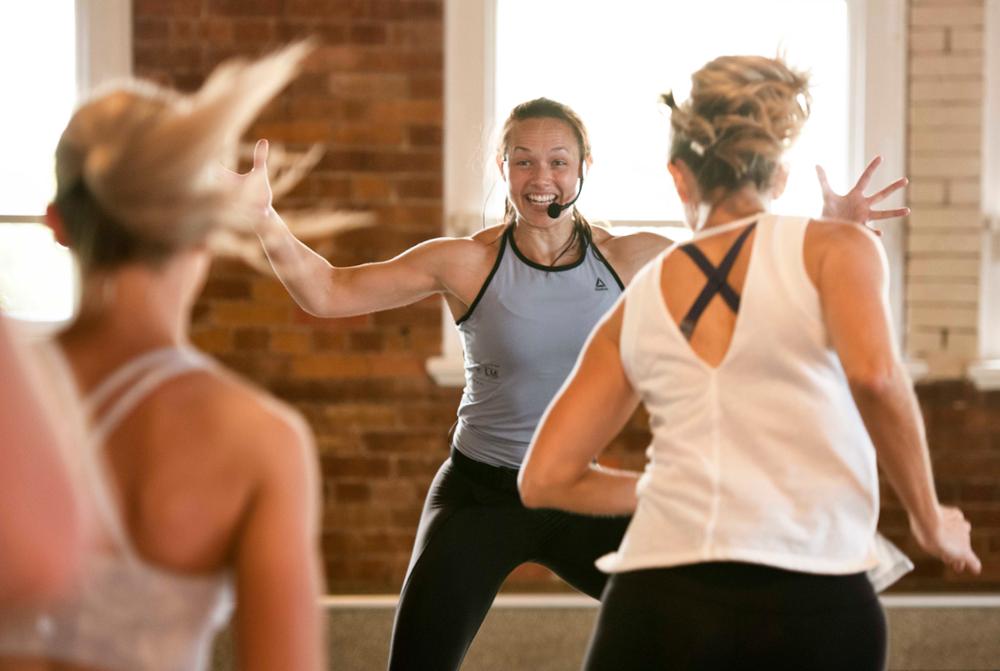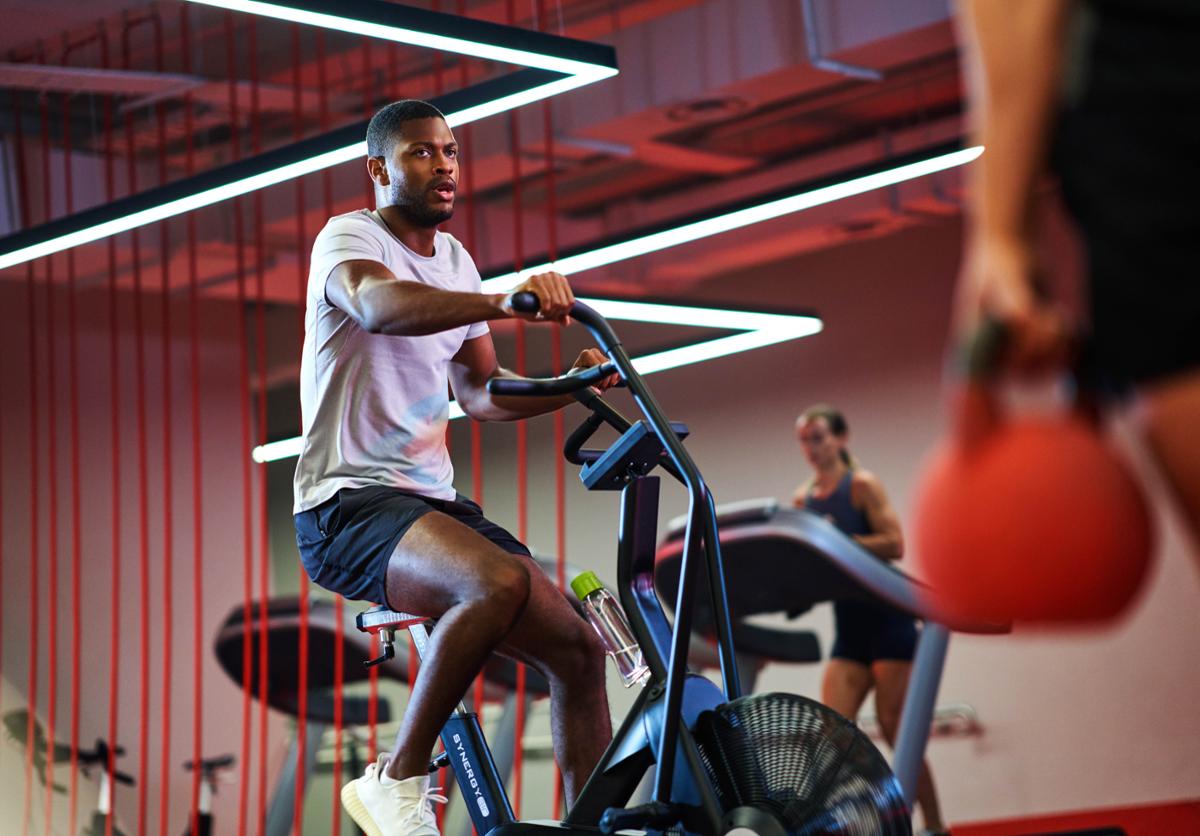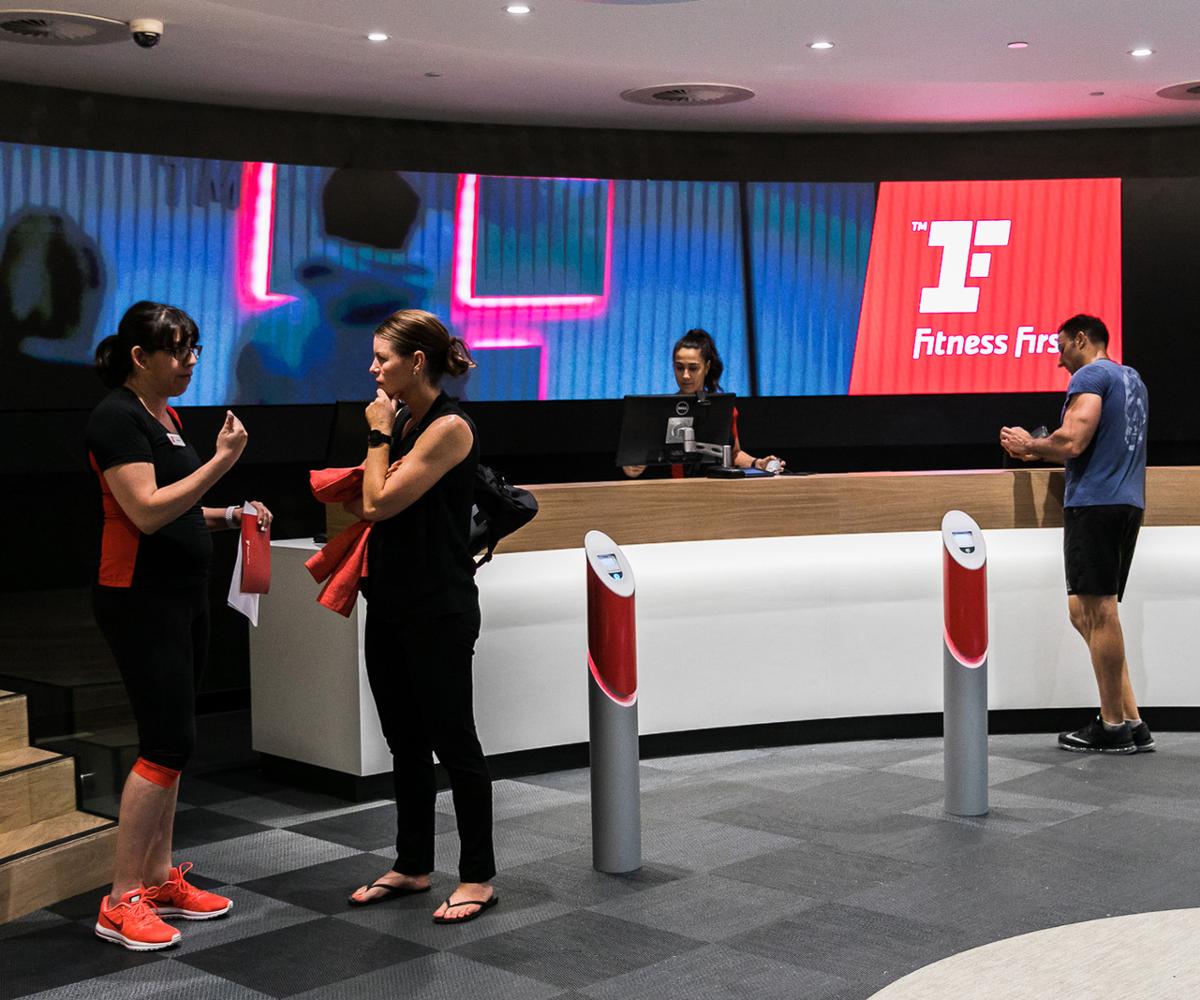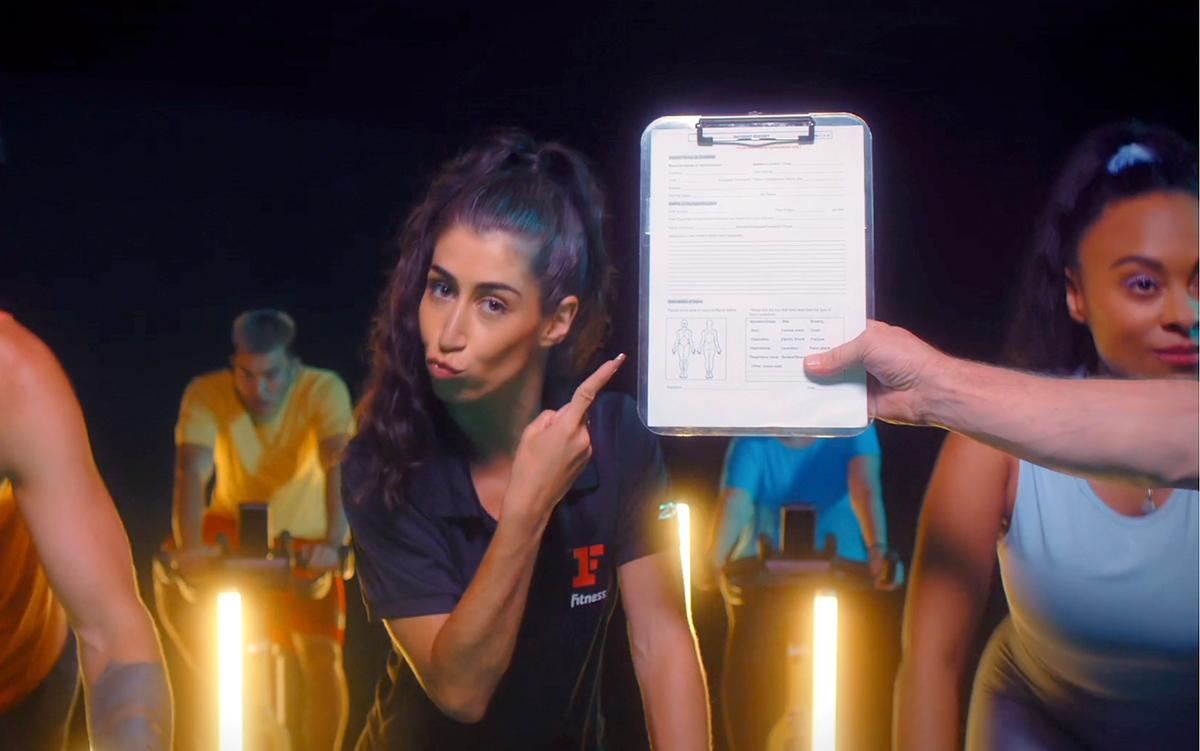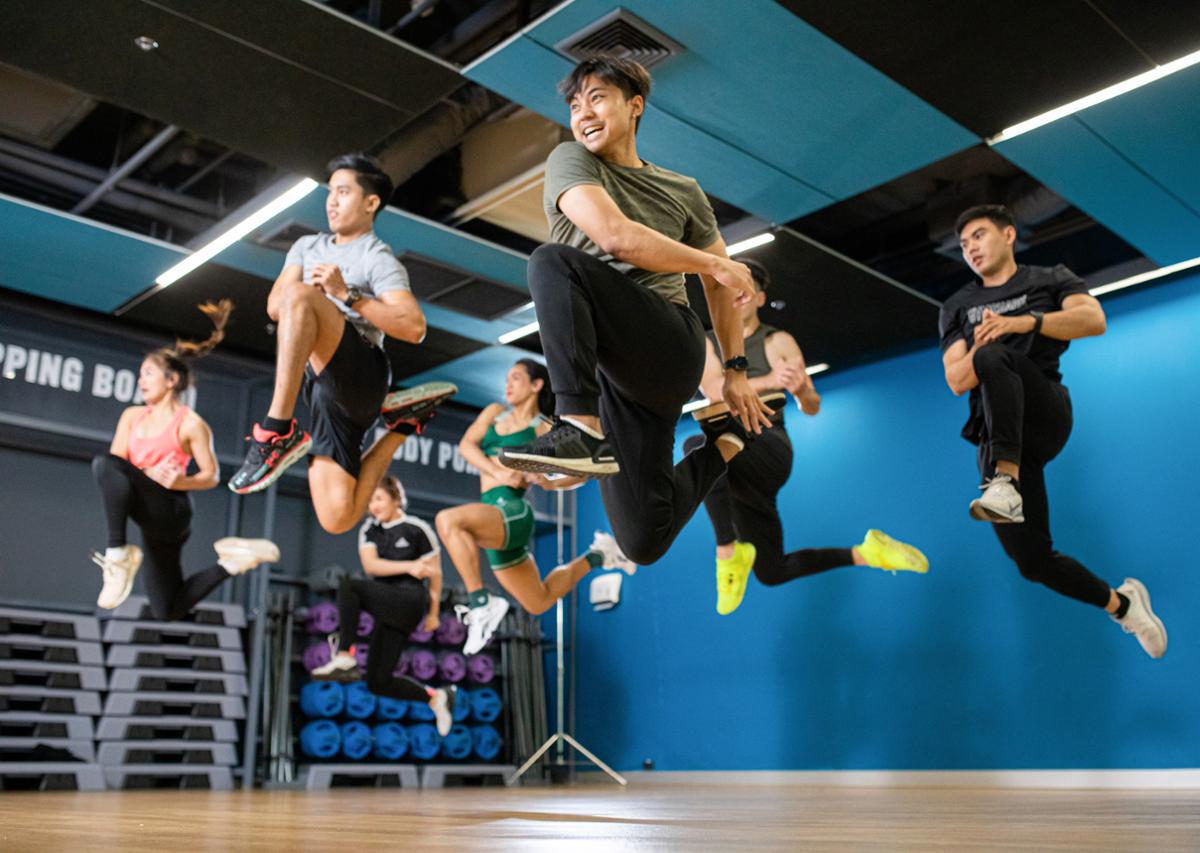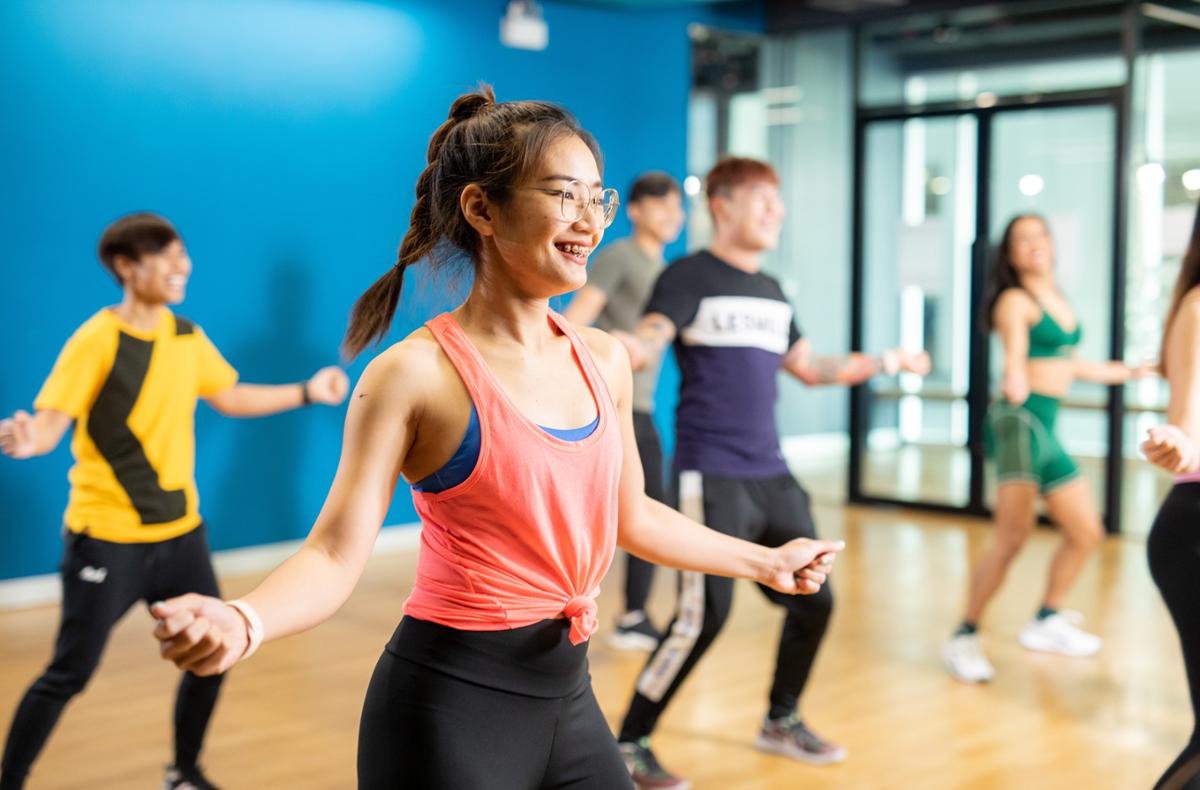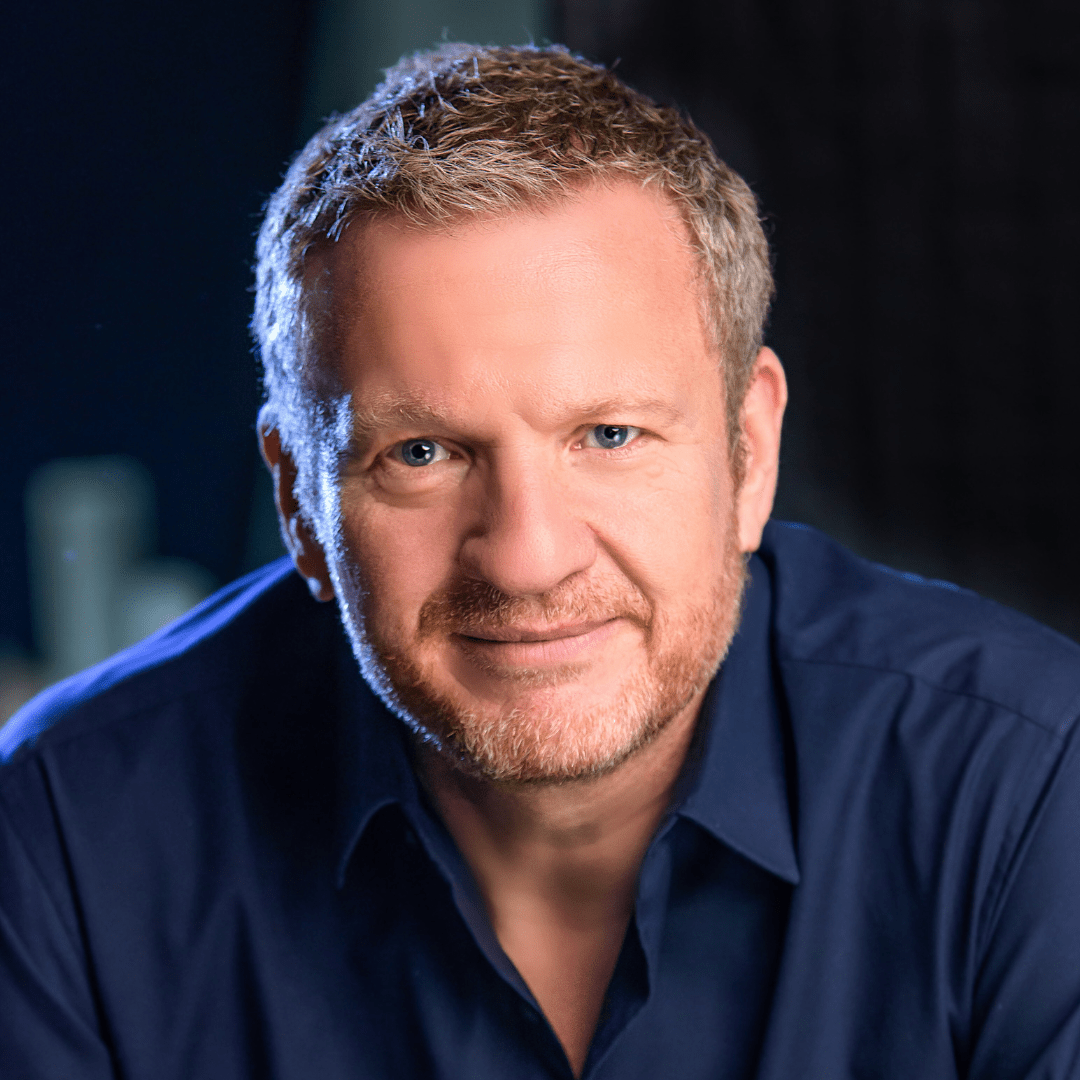How would you describe your roles?
RW: I previously held the position of head of technology alongside Eddie as head of product; there were always two distinct roles. In October last year, those roles were expanded to recognise and include our respective areas of responsibility and governance, with both of us assuming the title of ‘chief’ and joining Fitness and Lifestyle Group’s executive leadership team.
As chief technology and security officer, I focus mostly on the tech infrastructure of our business, addressing everything from data governance and quality, to software architecture and cyber security.
And that’s no small task. Over recent years, FLG has acquired multiple fitness brands in Australia, New Zealand and South-East Asia, with the estate now spanning over 530 clubs [see FLG in brief]. As a global business, we’re working hard to remove duplicated technology, simplifying and streamlining our operating environment and driving synergies across our regions, to in turn give our teams more time to focus on our customers.
ES: Meanwhile, as chief digital and product officer, my focus is more directly member-facing, centred on the digital products we offer and the member experiences we create.
The fitness industry has changed drastically over the last two years – the result of more flexible lifestyles, working from home and mobile apps that provide 24/7 access to exercise. In creating my role, FLG has therefore tasked me with putting customers first, giving them control over their membership and providing a suite of digital products that enhance their overall experience of our brands, not only in the gym but also at home.
The way I view my role, it’s about bringing digitisation into customer engagement and activities, creating innovative and interactive customer experiences – across web, apps and e-commerce – for the entire FLG portfolio of brands.
And then alongside our extensive work for FLG’s various club brands, in 2015 FLG also created a separate digital fitness division – Loup – to lead the Group’s charge into influencer-led fitness content. [See Partnering with the A Listers]
What’s Fitness and Lifestyle Group’s approach to technology?
ES: Across all our initiatives, our mandate is to implement seamless, best-in-class technology that puts the customer first and that drives an awesome member experience. It’s about paperless digital solutions that are intuitive and that look good.
RW: It’s also about creating products backed by analytics, which is where my and Eddie’s roles overlap. And then behind the scenes it’s about standardising technology and processes between our regions. We want to ensure our distinct brands aren’t reinventing the wheel, but rather taking on the innovations that are already working within the group, embedding that competitive advantage across Fitness and Lifestyle Group as a whole.
What have been the tech milestones so far?
ES: Initially, Rob and I standardised all our systems and integrations, so we could deliver a platform that would allow us to scale digital development across all our brands.
That included simplifying our systems, re-architecting and standardising our web CMS and building a member portal to enable self-service. We also upgraded our app development platform into React Native, rewriting the code to a single code base so we could simultaneously implement branded apps for multiple brands on both iOS and Android.
RW: Essentially we’ve built a foundation whereby all brands use the same operating platform – meaning they all benefit when we add new features, such as online joining, new ways to contact customer service and pay bills, just to give a few examples – but that also allows each brand to have unique elements with which to create a branded experience.
We’d moved our whole infrastructure away from on-premise data centres and into the cloud back in 2016, so we didn’t have to think about procuring and maintaining servers any more, or to worry about air con issues – which, trust me, is a major consideration.
We could simply focus on the customer and building great products. We were one of the first operators to use a cloud-based data lake. In our case, that data lake is Snowflake, and it now underpins the roll-out of our Business Intelligence work.
In simple terms, Snowflake is where the data analytics magic happens, because it gives us one central repository for all data from all systems across our entire business.
Tell us more about FLG’s data analytics
RW: FLG was one of the first in the fitness industry to introduce Business Intelligence (BI) across all departments. It’s now gone a step further, standardising enhanced business analytics across the group.
Again, this has been a major undertaking, due to the diversity of systems and processes in place across the distinct brands of the FLG portfolio. However, reporting of key metrics – such as sales, leavers, visitation, personal training and group exercise attendance – has now been consolidated and streamlined across Goodlife and Fitness First Australia, Zap Fitness and Jetts Thailand and New Zealand, with standardised definitions driving consistency of data across brands, sites, markets and systems.
It means any team member – from sales and club managers to regional heads and the Group CEO – can log on to a portal and instantly view highly accurate performance data on easy-to-digest dashboards. Subject to the individual’s role and permission levels, this can be done at a club, brand, region or group level. It places insights, trends and opportunities for competitive edge at everyone’s fingertips.
If they need more, employees can also dive beyond the Business Intelligence dashboards to access raw data as the basis for their own analysis.
Interestingly, what we’re seeing is that the ability to benchmark club performance by brand or by region is encouraging teams not only to look internally to address issues, but also to collaborate across brands, asking other high-performing clubs within the FLG estate for training and best practice.
Any other new tech initiatives?
ES: We recently launched a fully paperless digital joining experience for new members across the Fitness First Australia, Goodlife Australia, Jetts New Zealand and Zap Fitness brands.
Our vision was to create a seamless process whereby someone could go online, find their closest club, join, set up their membership, verify their email, pay, go through our health and safety induction and access their new club via their mobile – all within a few minutes. We wanted to turn onboarding into a quick, easy, self-service model for maximum customer convenience.
In designing this new experience, we incorporated user insights around how people select memberships and join online. As a result, we’ve been able to minimise clicks versus industry standards and slim down the product choices on offer: we give a few simple membership types to pick from, a handful of options to customise to people’s needs and that’s it.
Behind the scenes, the way those choices map to our internal systems may be more complicated. But to the end user, the experience is simple and streamlined.
The joining process also features a mould-breaking approach to health and safety, courtesy of a highly original briefing video (www.hcmmag.com/FLGtech) that’s been created in collaboration with FLG’s legal and marketing teams. A compulsory watch – club reception is alerted if a new member arrives without watching it – the video uses humour to drive new member engagement with the message.
We believe it’s already one of the best joining experiences in the ANZ region – Australia, New Zealand and Singapore – in spite of the complexities of creating something that works across our multiple markets and brands.
Our final step will be to give the new member access to the club via their phone – once they’ve completed their PAR-Q and health and safety waivers – so they don’t have to wait to see someone to get a membership card. That’s in R&D stage at the moment.
Any other behind-the-scenes projects?
RW: In March, we migrated the entire FLG business from Google Workspace to Microsoft 365. In the process, the business moved from around 4,500 Google licences with hundreds of shared accounts – one for a whole reception team, for example – to approximately 10,800 individual accounts.
One of the key benefits has been the positive impact on teamwork and collaboration. It took just a couple of weeks for Microsoft Teams usage to skyrocket, for example – a direct result of everyone being individually connected and able to communicate freely.
Another major benefit is the unprecedented visibility it gives us around data management – not only where data is and where it’s going, but who’s sending it and when. If anything goes wrong, we can now get in touch with the relevant team member to address it with them directly. This is critical to ensuring we adhere to data privacy requirements, which are particularly stringent in Thailand and Vietnam.
Finally, following the recent signing of a multi-million dollar deal with telecoms giant Telstra, we’re piloting a project to replace and upgrade the network infrastructure solution across our full estate of 530+ clubs.
This was an 18-month procurement process to find one provider capable of servicing our entire five-region estate, but we’re now in a position to replace all legacy infrastructure systems and ensure our internet capacity meets the increasing demands of in-person digital experiences.
As part of the agreement, Telstra will also provide FLG with an internet failover, whereby a 4G / 5G service kicks in within seconds of any internet outage. Particularly as a 24/7 operator, that’s hugely important.
What’s next for FLG tech-wise?
ES: As we say, we’re already working to close the loop on the digital joining process, allowing members to instantly access their new club via their mobile phone.
RW: We’re also working on a number of cyber security projects, including a 12–18-month journey towards ISO-27001 certification. This is an international standard relating to information security and effective assessment of cyber risks and shows that we take data and privacy seriously, which in turn drives trust among increasingly data-savvy consumers.
We’re also working on what in cyber security circles is known as a ‘zero trust’ programme, but for us is about ensuring technology doesn’t get in the way of people doing their jobs, even in these days of flexible working. We’re implementing multi-factor authentication to give the right people secure but seamless access to the right information at the right time, even if they’re working from home and/or on a personal device. It’s about flexibility without compromising data security.
Last but not least, from a business intelligence perspective, we’ll continue to expand on the types of data and insight we’re extracting from our customer touchpoints, to further enhance the way we engage, interact with and support our members on their wellness journeys.








